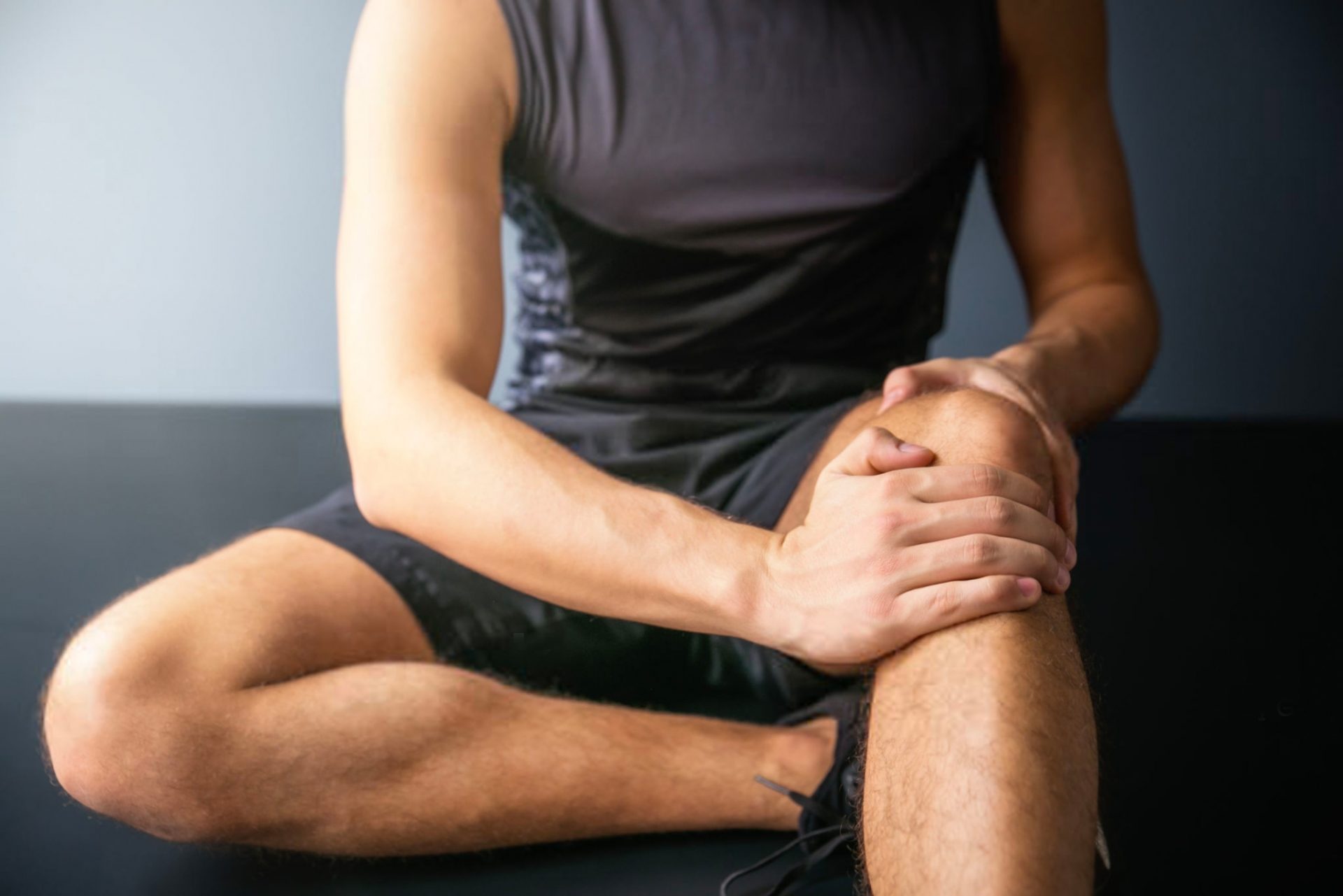ACL ruptures and returning to sport – part 1: the injury
Every athlete dreads going down with any injury while playing sport, especially a season ending one!
Unfortunately I was in this position when playing basketball with the Waverly Falcons State Championship team in 2014.
After putting in a sizeable pre-season, I was pumped to get the season underway and put all of the hard work of the pre-season to good use.
The first half of the opening game of the season was expectedly physical and intense, however going into half time I felt like I had so much more to give.
In a defensive possession I deflected the ball and was chasing it toward the side line, I planted my right foot to tap the ball back in. In doing so I felt a very quick slide and a snap within my knee joint accompanied by an extreme pain.
I fell to the ground grasping my knee.
Unable to stand, I was carried from the court, pretty certain that I had ruptured my anterior cruciate ligament.
After sitting down for a few minutes the pain had almost completely subsided, which inflated my fear that my diagnosis was correct, as this is often a typical presentation of ACL injuries.
Whilst being completely devastated, having the knowledge of what the injury was and the process involved, as well as having the support of so many specialist physiotherapists as my co-workers made it somewhat easier to accept.
The recovery process commenced straight away, icing, elevating and compressing, with an MRI two days later confirming the diagnosis and demonstrating damage to the chondral surface/bone of my femoral condyle.
This explained the discomfort through the back of my knee which is not uncommon with this type of injury.
Apart from managing the swelling I did very little for about a week, which after exercising almost every day for 3 to 4 months prior and having a sound fitness base, nearly killed me! I had to take care with movement, occasionally when straightening my knee in standing would feel unstable, like it was going to give way.
After that torturous week I was back on a stationary bike and doing gentle gym work and Pilates (mostly non-weight bearing to avoid aggravating the bony damage) to maintain as much strength and range of motion as possible prior to surgery, scheduled for 3 weeks later.
It was tough to switch off from pre-season mode of trying 110 per cent to get faster and stronger, and to have to do all these exercises just for them to be what felt like undone in 3 week’s time.
However the physio in me knew it would make my post-surgery journey easier.
Some interesting facts on anterior cruciate ligaments:
- One of the biggest predictive factors of rupturing an ACL is a previous ACL injury. Ten years prior as a 15 year old I ruptured my left ACL playing basketball (Hewett, Myer, & Ford, 2006)
- Injuries to the opposite knee are more common following an ACL rupture
- 4-6:1 female to male ratio in sports involving cutting and landing
- Match versus training ACL injury rate 5:1
- Impaired neuromuscular control can is a modifiable risk factor
Acute signs can include:
- a noise/pop/crack
- immediate feeling of instability and giving way, and inability to continue playing
- sudden severe pain
- rapid onset of swelling
As the rehabilitation process is long, I will also be posting in the months to come the journey through early rehabilitation, mid-stage rehabilitation and the later phases including return to sport.

